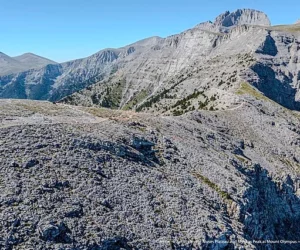Olympus, known as Mount Olympus in modern geography, holds significant historical, cultural, and mythological importance. It is the highest mountain in Greece, reaching 9,573 feet (2,917 meters) above sea level. The ancient Greeks believed it was the home of their twelve principal gods, known as the Olympians. This belief made it a central feature of…

Notion
Notion, also known as Notionopolis, was an ancient Greek city on the coast of western Anatolia. It is located near modern-day Ahmetbeyli in the İzmir Province of Turkey. Its ruins lie near the Aegean Sea, with the site offering important insights into the Greek settlement and cultural history during the Classical and Hellenistic periods. Historical…
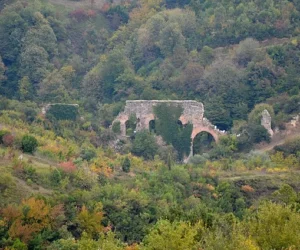
Nicomedia
Nicomedia, an ancient city located in northwestern Anatolia, played a significant role in ancient history. Its strategic location near the Propontis (modern-day Sea of Marmara) made it an important hub for trade, governance, and military operations. Founded in 712 BC by Greek colonists from Megara, Nicomedia later became the capital of the Bithynian Kingdom. The…
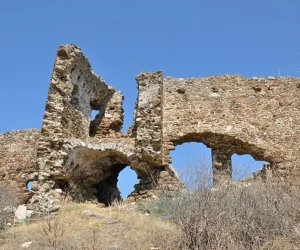
Myus
Myus was one of the twelve cities of the Ionian League in ancient Asia Minor. Located in present-day Turkey near the Maeander River, it held strategic and economic importance during its early years. Its history spans significant periods, including the Archaic, Classical, and Hellenistic eras. History The city of Myus was founded around the 9th…
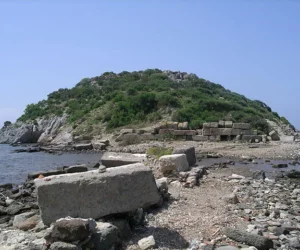
Myndus
Myndus, an ancient city on the Aegean coast of Caria, lies near the modern town of Gümüşlük in Turkey. Founded in the Classical period, Myndus played an important role in the region’s political and economic activities. This article explores its history, architecture, and cultural significance. Historical Background The Dorian Greeks established Myndus in the 6th…
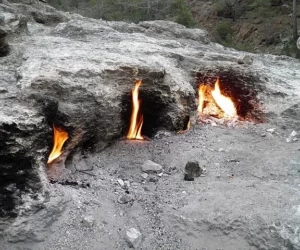
Mount Chimaera
Mount Chimaera, also known as Yanartaş in Turkish, is an ancient site in southwestern Turkey. Located in the Lycia region, it is famous for its natural flames that burn continuously due to underground gas emissions. The site holds historical, mythological, and geological significance. Location and Geographical Features Mount Chimaera lies near the village of Çıralı,…

